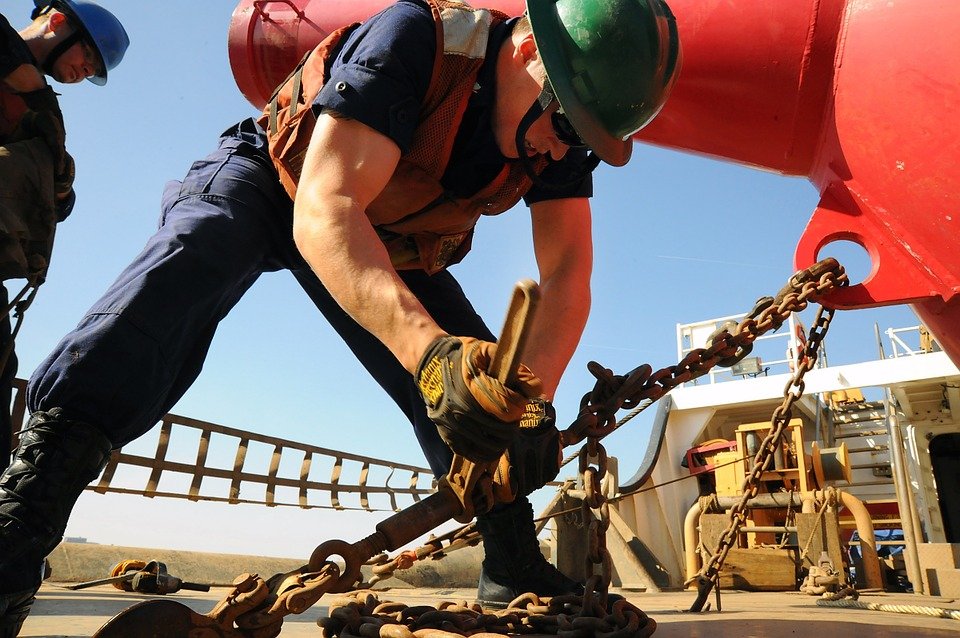
The Harmful Effects of High Temperatures
High temperatures are one of the things that industrial and manufacturing companies have to consider when it comes to employee safety. For example, cases of heat stroke and dehydration may increase if workplaces skimp on preventative measures during a hot summer. Here is a look at the harmful effects of heat, the potential dangers, and the solutions.
Heat’s Dangerous Effects
Different people react to heat differently. Even two people of the same sex and age who are in similar physical shape can experience wildly varying reactions. In general, though, folks who are out of shape, overweight, have medical issues and/or are 45 years old or older tend to experience the harmful effects of heat more quickly. This is because their bodies might struggle to maintain heat balance.
The effects can start relatively mildly, but even then, the impact on work performance is direct. For example, symptoms of being affected by heat include decreased concentration, decreased mental ability and increased temper. Any of these could compromise the quality of work and lead to a dangerous work injury.
On the other end of the spectrum, death is one possible result of heat stroke. Dehydration can also be serious, leading to rapid heartbeat, fainting, dizziness and a lack of energy.
The Potential Dangers
Heat is one danger that is not always apparent. In fact, it can sneak up on you. For example, you may start work on a cool and calm morning. Because of the weather, you feel great and don’t drink a lot of water. You might not realize until hours later that the high temperature has soared and that you feel dizzy and faint. Or, if you’re working inside, say, a warehouse, the potential effects of hard labor, little air movement and heat-producing equipment could strike when you least expect them to.
Potential dangers that lead to the harmful effects of heat at work can include:
- Lack of drinking water
- Lack of ventilation and/or air conditioning
- No program to help with cooling down
- High temperatures and humidity
- Inadequately trained employees and managers
Even an employee who has seemingly high temperature tolerance and who has never had a problem could suddenly develop issues after starting a new medication. It’s important for companies to train employees at regular intervals.
Solutions
Adequate employee training is only one part of the picture. Companies should also have programs to prevent overheating and to promote cooling down. For example, a construction business might have new laborers work outside for only a few hours at first, gradually increasing their heat exposure and tolerance. The company should have required work breaks in which employees drink water and get to cool down. When temperatures are at their most dangerous, it is wise to minimize the amount of work that has to be done.
Other preventative measures include making workplaces better ventilated and cooler in general. Of course, it is possible to feel the effects of heat despite your best efforts and intentions. That’s why employee training should also include components on recognizing the signs of conditions such as heat stroke and the steps you want your employees to take if they think they or co-workers are affected. Supervisors and managers also need this training, and one possible response could be to usher the affected person into a cool-down trailer as soon as possible.
A cool-down trailer is exactly what it sounds like — a space to help folks cool down. Most of the time, it’s used as a preventative measure to stave off the effects of heat. However, it can also be a useful place for an already affected employee to be assessed. There are many types of trailers, and some versions feature aluminum bench seats for easy cleaning, electrical outlets, floor drains and tables on which employees can eat and drink. To learn more about these and other industrial supplies, contact DXP.

